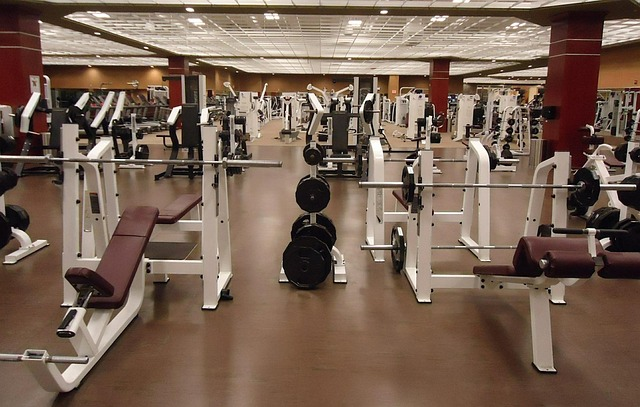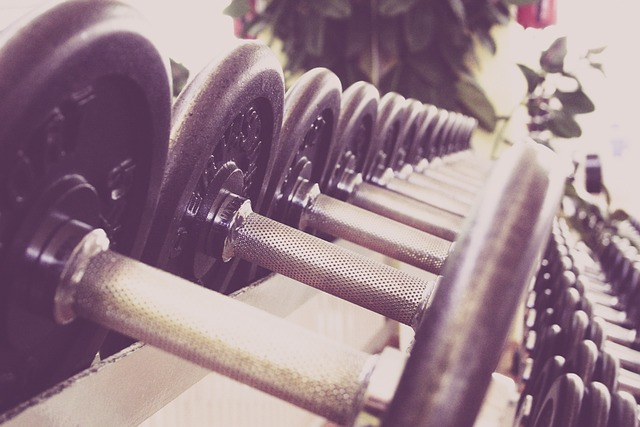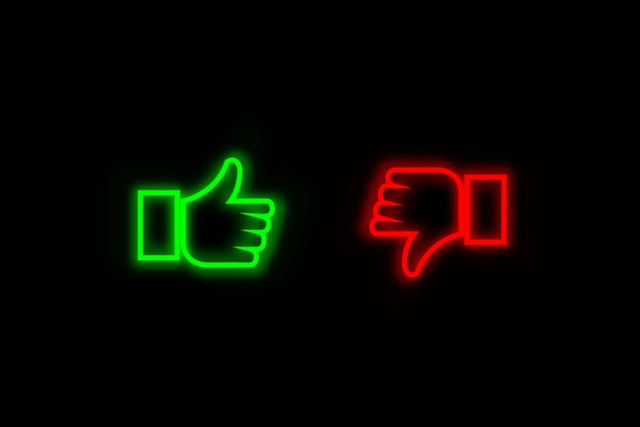What is Gym Equipment Leasing?
Leasing gym equipment is an extended form of renting it. Instead of purchasing machines like treadmills, weight benches, ellipticals, etc., you pay a monthly fee to offer them in your gym, but the leasing company retains ownership.
Several types of gym equipment leases and financing options are available, varying in cost, term length, and end-of-lease options. Depending on the lease structure, you typically can purchase the equipment at the end of the lease period, return it to the lessor, or upgrade to new equipment.
Operating Lease: A gym equipment operating lease is a type of lease where the lessee (the gym owner) pays a regular fee to use the equipment for a specific period. At the end of the lease term, the gym owner typically has the option to either return the equipment or purchase it at a predetermined price. This type of lease allows gyms to access high-quality equipment without the large upfront costs of purchasing.
Capital Lease: A capital equipment lease, also called a finance lease, is a type of lease where the gym owner is responsible for the maintenance, insurance, and taxes on the leased equipment. At the end of the lease term, the lessee typically has the option to purchase the equipment at fair market value. Business owners can claim depreciation for capital leases for tax deductions.
When exploring leasing options, consider interest rates, credit scores, and repayment terms. Different lenders offer packages tailored to businesses of various sizes and financial backgrounds. By understanding these aspects, you can make an informed decision that aligns with your business goals.
What types of Gym Equipment can I Lease?
Leasing gym equipment offers flexibility in choosing most types of fitness equipment. Examples include:
- Treadmills.
- Stationary bikes.
- Elliptical machines.
- Weight benches.
- Free weights.
- Cable machines.
- Rowing machines.
- Stair climbers.
How much does Leasing Gym Equipment Cost?
Leasing gym equipment can be a cost-effective alternative to purchasing new equipment outright. Comparing the costs of leasing versus buying allows you to make an informed decision based on your budget.
Various factors impact the cost of the lease, such as the amount of equipment you’re leasing, the brand and condition of the equipment, the payment plan, the length of the lease term, and the borrower’s credit score or other qualifications.
Examples of gym equipment lease costs include:
- Treadmill: $100-$150 per month
- Elliptical machine: $80-$120 per month
- Stationary bike: $50-$80 per month
- Strength training equipment (e.g. weight machines): $150-$200 per month
- Rowing machine: $70-$100 per month
Interest Costs
Interest rates for gym equipment leases can vary depending on factors such as the lease term, credit score, and the leasing company. Typically, lease interest rates for gym equipment can range from 5% to 20%, with some leases offering rates as low as 3% for well-qualified lessees. Shopping around and comparing offers is essential to ensure you get the best possible rate for your gym equipment lease.
Maintenance Costs
Maintenance costs for gym equipment leases are usually the responsibility of the lessee. The lessor may require the lessee to perform regular maintenance and repairs to ensure the equipment remains in good working condition throughout the lease term. This helps protect the lessor’s investment in the equipment and ensures that it retains its value.
Total Costs
The average total leasing costs to fill a gym with equipment can vary depending on the size of the gym, the types of equipment needed, and the leasing terms. On average, it could cost anywhere from $10,000 to $50,000 or more to lease equipment for a gym, including cardio machines, weightlifting equipment, and accessories. Gym owners must carefully consider their budget and equipment needs when calculating leasing costs for outfitting their gym.
What are the benefits of Leasing Gym Equipment?
Leasing gym equipment offers flexibility in upgrading to newer equipment without the hassle of selling old machines. This option often provides lower monthly payments than an equipment loan.
Small businesses benefit from leasing as it eliminates the need for significant upfront capital, thus improving their working capital. Leasing gym equipment can also enhance operational efficiency by reducing capital expenditure.
When considering leasing options, it’s crucial to explore various lenders to secure the best interest rates based on credit scores. This approach helps minimize the overall cost and ensure smoother payment processes.
What are the drawbacks of Leasing Gym Equipment?
Leasing gym equipment may lead to higher overall costs due to long-term operational expenses and leasing fees. This can be less cost-effective than purchasing equipment outright.
Be cautious of varied financing terms offered by different lenders. High interest rates associated with leasing can pose challenges for small businesses or individuals with bad credit scores.
When leasing gym equipment, consider the impact on space utilization and operational efficiency. A lack of flexibility in choosing the most suitable equipment can hinder long-term operational effectiveness.
Leasing Gym Equipment Pros and Cons
Pros:
- Lower upfront costs.
- Ability to upgrade to newer equipment easily.
- Fixed monthly payment makes budgeting easier.
Cons:
- Overall cost may be higher than purchasing in the long run.
- Limited customization options.
- Obligation to continue payments even if equipment is not being used.
How do I Lease Gym Equipment?
Here’s a step-by-step guide on how to lease gym equipment.
Step 1: Research Gym Equipment Leasing Companies
Start by researching different gym equipment leasing companies to find the best fit for your needs. Look for companies that offer a wide range of equipment options, flexible lease terms, and good customer reviews. Conduct an eligibility check to see if you qualify.
Step 2: Determine Your Budget
Before leasing gym equipment, it’s essential to determine your budget. Consider how much you can spend on monthly lease payments and factor in any additional costs, such as maintenance fees or insurance.
Step 3: Choose the Right Equipment
Once you have a budget, select the gym equipment you want to lease. Consider the space in your gym, customer needs, and any specific features or brands you prefer.
Step 4: Review Lease Terms
Carefully review the lease terms offered by the leasing company. Pay attention to details such as the length of the lease, monthly payments, maintenance responsibilities, and end-of-lease options.
Step 5: Negotiate Terms
Don’t be afraid to negotiate the lease terms with the leasing company. You may be able to secure better rates, additional equipment, or more favorable terms by discussing your needs and budget.
Step 6: Sign the Lease Agreement
Once you’ve agreed on the terms, sign the lease agreement with the leasing company. Keep a copy of the contract for your records and clarify any doubts before finalizing the deal.
Step 7: Arrange Delivery and Installation
Coordinate with the leasing company to schedule delivery and installation of the gym equipment. Ensure the equipment is set up correctly and meets safety standards before allowing clients to use it.
Step 8: Maintain and Insure Equipment
Throughout the lease term, it’s crucial to maintain and insure the leased gym equipment. Follow manufacturer guidelines for upkeep and consider purchasing insurance to protect against damage or theft.
Frequently Asked Questions
Here are the most common questions about the cost of leasing gym equipment.
Is it better to Lease or Finance Gym Equipment?
When deciding between leasing or financing gym equipment, it is crucial to compare financing terms from different lenders. Various lenders offer different interest rates and payment options, significantly impacting the overall business financing cost.
Gym Equipment Leasing
Leasing gym equipment offers lower upfront costs, flexibility to upgrade, and potential tax benefits. However, over time, leasing can be more expensive than financing due to interest payments and no ownership at the end of the term. Financing with a loan allows ownership and potentially lower overall costs in the long run.
Gym Equipment Loan
A gym equipment loan offers ownership benefits but may require a significant down payment that can tie up capital. On the other hand, leasing gym equipment provides flexibility, lower initial costs, and potential tax advantages but may end up costing more in the long run due to interest and fees.
How long does a Gym Equipment Lease typically last?
Gym equipment leases typically last between 2 to 5 years, depending on the agreement between you and the leasing company. Shorter leases provide more frequent upgrades, while longer leases may offer lower monthly payments but limit upgrade options until the end of the term.
Can I Finance Gym Equipment with Bad Credit?
Credit-challenged gym owners still have options to finance equipment, but it typically comes at a higher cost.
Leasing Gym Equipment with Bad Credit
Leasing gym equipment with bad credit can be challenging, but it is possible. Some companies offer leasing options specifically for individuals with less-than-perfect credit scores. Researching different leasing companies and comparing terms can help you find a suitable option.
Bad Credit Equipment Financing
Securing a gym equipment loan with bad credit can be challenging but not impossible. Some equipment lenders specialize in working with business owners with bad credit. Be prepared to provide additional documentation or pay a higher interest rate to secure the loan.
Bad Credit Business Loans
Gym owners may also consider bad credit business loans, which could provide funding for equipment, operating expenses, or other business needs. These loans provide the necessary funds to sustain or grow your fitness operation but often come with higher interest rates and shorter repayment terms.
What is the Cost to Lease Gym Equipment – Final Thoughts
Leasing gym equipment can be cost-effective for businesses looking to upgrade their facilities without a significant upfront investment. By spreading out the costs over time, leasing allows flexibility and staying current with the latest equipment trends.
It also provides tax benefits and maintenance services, making it a convenient option for many gym owners. However, some gym owners may prefer equipment financing to maintain ownership. Carefully consider the benefits, drawbacks, costs, and projected lifetime value of the equipment before deciding.
Contact us if you have more questions about gym equipment financing costs or to apply for a small business loan. Our alternative financing experts can help you find the best funding options for your gym or other business goals.















